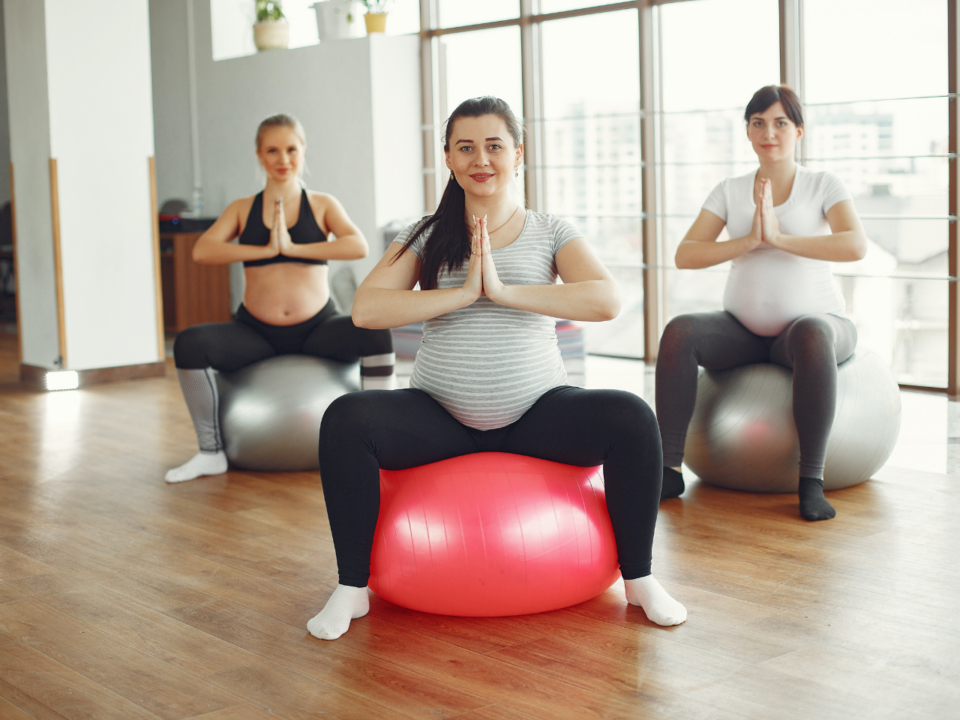Pregnancy is a difficult time for even the toughest of women. In addition to the things that are happening inside one’s body, women also have to deal with a multitude of physical ailments like swollen feet, skin tags, morning sickness, high blood pressure, and even lightning crotch! While a beautiful thing is being created inside the mother’s womb, her body often suffers as a result. Though there is nothing that can completely nullify all these side effects, there are things that can be done to help alleviate them and aid in the postpartum recovery. Working out is a good way to do these things when done safely and in correct moderation.
When asked about the importance of working out, Elizabeth Fontenot, a certified nurse midwife, states that it is “very important; exercise in pregnancy leads to better outcomes, and decreases complications, for both mom and baby. Labor and birth are a marathon, so the healthier the mom is as she approaches labor, the better her body will handle the whole process. Exercising regularly will help prepare both her and her baby for labor, birth, and postpartum recovery.” Erin Dixon, a CPT, adds, “you may experience less physical discomfort, better sleep, reduced risk of gestational diabetes, and reduced risk of pregnancy-induced hypertension.”
HOW MUCH?
The most important thing is to take it easy. Do not push it too hard or attempt to do anything you are not comfortable with. If you were already a frequent flair at your local gym, you can continue going, but remember that now is not necessarily the time to attempt to max out on all the weight machines and crank the stairmaster and treadmill to the highest setting. Fontenot suggests working out for 30-60 minutes five days a week but understanding one’s own body is very important. If something feels off, a woman knows her own body best and should listen to it. Dixon suggests “[keeping] your intensity at a level low enough to be able to carry on a conversation and not be too breathless.”
SAFE WORKOUTS
When it comes to safety, Fontenot states, “a woman’s center of gravity and balance are different in pregnancy, so this is definitely something to keep in mind. It is not recommended that pregnant women bike ride, especially later in pregnancy, for this reason. They are more likely to fall and if they do fall, it is harder to catch themselves and could hurt the baby if they fall. Additionally, a woman’s joints are looser in pregnancy and can be more prone to injury due to this, so it is also recommended they avoid very strenuous or rigorous exercises.” They should stick to things like walking, swimming, and prenatal yoga. If they already had a regular exercise regime, they are safe to continue it at the early stages of pregnancy, but as the pregnancy progresses, modifications should be made. According to Dixon, some exercises that should be avoided include balance related exercises or any exercises that involve a lot of twisting or crunching of the abdomen.
OTHER THINGS TO CONSIDER
Working out isn’t the only important thing to do during pregnancy. Fontenot also emphasizes the importance of proper hydration and diet. This is just as important if not more as a healthy diet makes it easier to continue exercising during a pregnancy. Fontenot suggests “Small, frequent, protein-dense snacks and plenty of water are essential in pregnancy and will help pregnant women keep up their energy so they can exercise.” As with anything that can involve potential risks to not only the mother’s life but her baby’s, one should always consult their doctor if they are ever unsure of anything. At the end of the day, everybody’s health matters, and if done safely, exercising can improve the health of everyone!

